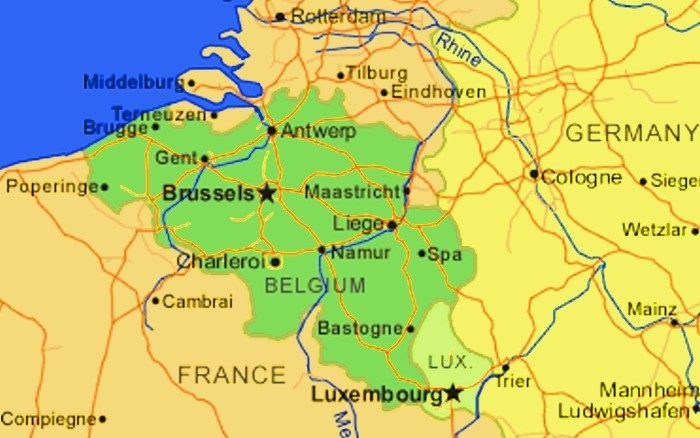

Hence we will have to expand the image and then squeeze back to three dimensions before we can use it as an image. This is shown below- # resizing the image with tensorflow 1.x print("image shape before resize:", image_tf.shape) print("image dtype: ", image_tf.dtype) #This function takes in a 4D input. This makes the types inconsistent with OpenCV. Once we have the NumPy image, we convert it to uint8 type as by default, session converts the NumPy to float32 type. Since our image is still a tensor, we will create and run a Tensorflow session to get back our resized image in NumPy format. Then resize the image and squeeze the dimensions back to three. Hence, we will have to first expand the image from three to four. It’s resizing method expects a 4D tensor and returns a 4D tensor output. image_cv = cv2.cvtColor(image, cv2.COLOR_BGR2RGB) print(image_cv.dtype) print(np.max(image_cv)) plt_display(image_cv, 'cv2-RGB')
#Image resize pil how to
The code below shows how to open an image with OpenCV correctly. We do this by using the OpenCV flag COLOR_BGR2RGB. So how to fix this? After opening the image, we convert the image from BGR to RGB. That’s why we get the above wrong colors in the image. pixels get confused and interpret Blue as Red and vice-versa). This is fine but when we display the image, the pixels misinterpret the channels (i.e. When we open an image using OpenCV, by default OpenCV opens the image in Blue, Green and Red channel (BGR). Now that we have an understanding of how color channels work in an image, let’s look into why we saw a different color image above. The order of these channels changes the color of the pixels, as pixels will always interpret first channel as Red, second channel as Green and third channel as Blue. Generally, images have three colors channels Red, Green, and Blue (RGB) which produces the colors in the pixel. Before diving into this, first let’s learn how colors in images are represented. Something’s strange about this figure above. image_path = 'dog2.JPG' def plt_display(image, title): fig = plt.figure() a = fig.add_subplot(1, 1, 1) imgplot = plt.imshow(image) a.set_title(title) image = cv2.imread(image_path) plt_display(image, 'cv2-BGR') %tensorflow_version 1.x import cv2 import matplotlib.pyplot as plt import numpy as np from skimage import io import tensorflow as tf We’ll import a few essential libraries in python. We’ll start with opening a simple JPEG image of a dog with two frameworks Tensorflow 1.x and OpenCV. Please note that I am an employee of Intel and all information and opinions shown in the blog are my own and don’t represent those of my employer. Also, thanks to Tejas Pandey for the help in achieving consistency between OpenCV and Tensorflow. It will also show a way to make them work consistently.

This blog will discuss one such use case in detail where OpenCV and Tensorflow show the differences in reading and resizing a JPEG image. It can take up multiple days to figure out what went wrong and could delay the project extensively. The blog “How Tensorflow’s tf.image.resize stole 60 days of my life” ( ) is a perfect example of this type of situation. Therefore, CV solutions developed in one framework may not work as expected in the other framework. In today’s rapid development of frameworks, every framework has its own way of handling images, each with its own specifications.


For this, one needs to use a framework to open those images to do some processing on them. Modern Computer Vision (CV) is currently a hot field of research which involves largely working with images. Running the above code will display a window that contain an image with the size of "300x225".A dive into the differences in JPEG image read and resizing with OpenCV, Tensorflow and Pillow and also on how to make them consistent. Resized_image= image.resize((300,225), Image.ANTIALIAS) In the following example, we have resized an image to "300x225". In order to open the image in the application, we have to import the package in the notebook as, from PIL import Image, ImageTk Example The method can be invoked after loading the image in the application. In order to resize the Images in an application, we can use the resize(width, height) method. It has many properties like Color of the image, Image Font, resizing the images, loading the image, etc. Python provides Pillow or PIL package for image processing which is used to load, process, and customize the images in an application.


 0 kommentar(er)
0 kommentar(er)
